It's a cultural fight
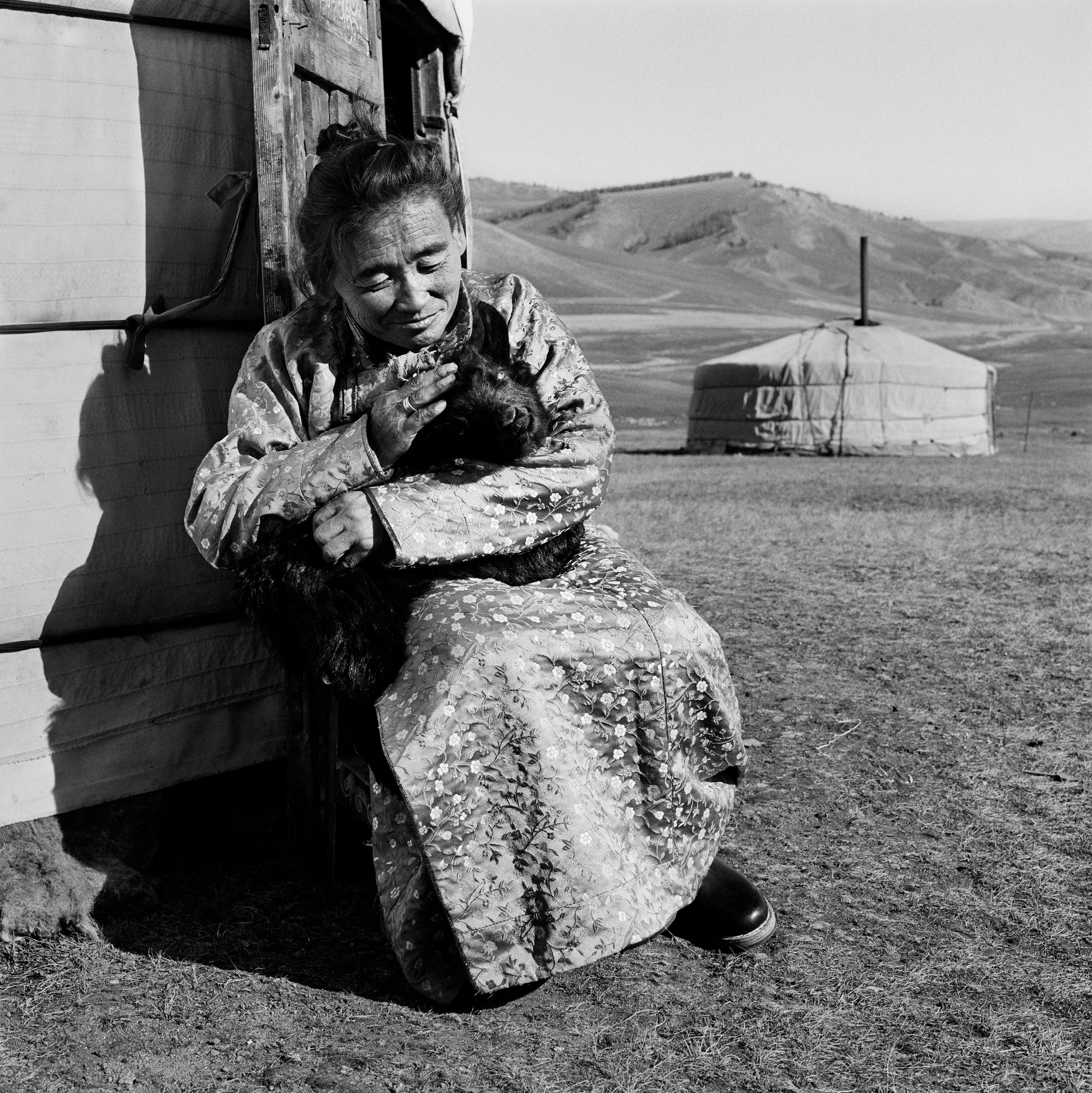
Hello Debriefers,
I worry that when we talk about “disability”, it reinforces the idea that disabled people are a group separate from others. Challenging discrimination can make its categories stronger.
Over the past few years, one of the people who's helped me think about representations of disability is Christian Tasso. He's a photographer, and his hunger for new stories has been one of my guiding motivations in making the Debrief.
In this edition I talk to Christian about his “No One Excluded” project, a series of portraits of disabled people from sixteen countries. Christian shares how talking with activists and his subjects led him to challenge expectations on disability by focussing on ordinary lives.
As we explore, finding new ways to present stories and change understanding around disability are an essential part of social change. Christian raises vital issues in how we think about doing this, and offers some possible solutions.
Disability Debrief is supported on a pay-as-you can basis. Many thanks to further support from Eddie and Laurel, as well as contributions from Anna, Amira, Kasumi and Stephane.
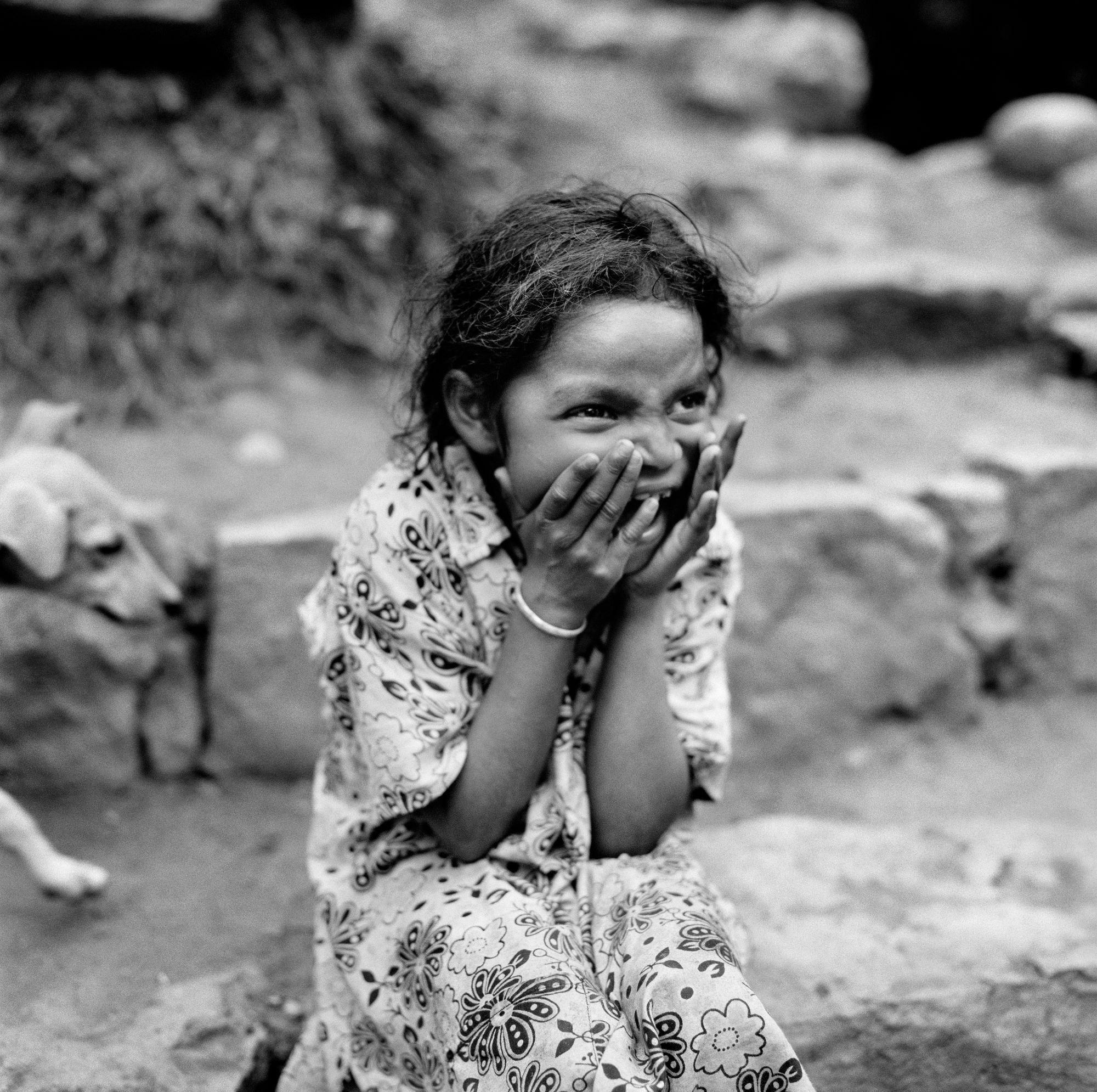
Part of everyday life
Peter: I love this picture of the little girl from Chennai, India. Tell me about her.
Christian: I went out to a village in Nilgiri Hills and there were these kids playing. An activist with me said, “Look, this girl has a psychosocial disability.” I was curious, because my trip had changed my point of view on things. I only saw a little girl playing with other girls in the field.
I asked the parents about the story of the girl. Unfortunately, sometimes people think that kids with psychosocial disabilities should be in an institution. But her family said, “She's lively, hyperactive, and loves to play. She really fits our family, our society, and she'll remain here.” And she herself told me that her mom thinks she's too lively, but she disagrees.
Peter: She looks pretty naughty.
Christian: When you are dealing with kids, it's play. It was a joyful moment, just part of everyday life, which I think is something we should focus on.
In general, when we talk about diversity, I think that the main problem is in focusing attention on diversity itself. It’s something we do because we want to highlight a problem. But by creating a group of people to tell a story about them, we involuntarily create a kind of segregation.
Neither victims or superheroes
Peter: How did you come to this view?
Christian: When I started my project, I had an idealist proposal based on preconceptions. The idea that “those people are suffering in the world and nobody's talking about them. Let’s travel the world and denounce how they are suffering.”
I started getting closer to the disability rights movement in Geneva. I was sharing my approach and asking for feedback, which was interesting for me because they were not art-related people. I started getting different feedback saying, “Look, we don't want to be portrayed either as victims or superheroes.”
Since the beginning, I was taking portraits of people with disabilities asking them to choose the way they wanted to be portrayed. But if you see the first book I published, there is a whole part of reportage pictures. They are emotional moments, centred on disability. I thought I should find suffering or joy in these stories.
Peter: Some people will say that it’s good to show those emotional moments. We expect that from photography?
Christian: It’s important. But we already have a lot of these pictures based on crying, suffering or extreme joy, etc. I wanted to create something giving a new perspective.
My goal is to spread the message that we are all equal in our diversity. All over the world. My pictures are accompanied by simple phrases that the person photographed shared with me, such as “I like living with my family”. The concepts are so ordinary and reflect a common perspective that they are not associated automatically with persons with disabilities. A general audience coming to see a project related to disability often expects to see something inspirational, and these pictures and phrases challenge that expectation.
Peter: And this little girl, she's just the little girl whose mom thinks she's naughty. That's a very ordinary story.
Christian: Imagine having a caption saying “I suffer from this kind of illness. I live up in the mountains, where life is hard because my parents are poor.” It will continue to build stereotypes about disability. The same for “Despite my disability, I can do this and that.” The message is basically, “I know society doesn't expect me to do that, but I'm a superhero because I can.” This is what Stella Young called “inspiration porn”. It’s still used very frequently even by organizations working on disability.
Challenging perceptions of difference
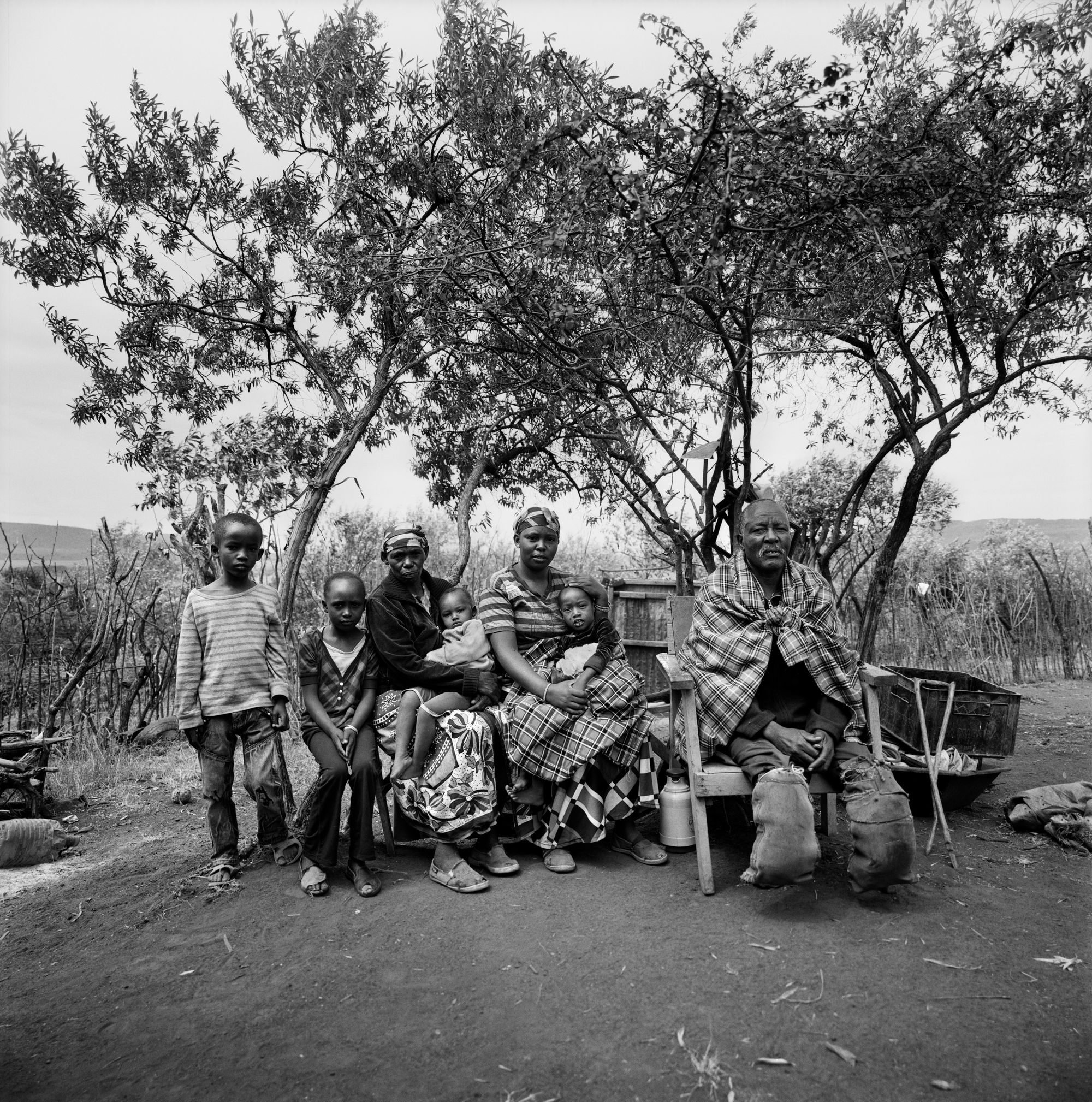
Peter: One of your reviewers, Michele Smargiassi, put this interestingly. He said, there's the portraits that explain a problem. But then you make a series about discriminated people and then viewers are just going to be seeing that, the discrimination. How do you get out of the “portraits that explain a problem” mode?
Christian: It's easier for me to express myself through photography than through words. I grew up surrounded by stereotypes. So when I started my project I was going around the world, perceiving difference.
With the numerous trips I took and discussions with activists, my vision changed. On each trip, I met and photographed more than 100 people. My perception of the difference between us vanished in my mind as the cultural barrier started fading.
This is what I tried to accomplish with the book. The title I chose is related to disability. So when people see my pictures, they ask if all the protagonists are disabled? The public is looking for something they expect based on stereotyping, but they can't find it, since my work is a series of portraits of people who are disabled, but that's not the main feature.
By eliminating perception barriers, photography and art can help us in sharing a vision. In 2021 some of the Italian major museums hosted my exhibition. Besides people from the disability community, the exhibition was open to the general public and it was a big success. Consequently, the public went out with a different message.
My next step was to do TV interviews and interact with many journalists. As a result of my exhibitions and interviews, a lot of people heard my message, and I can see now that the message has spread. I can see small results, such as journalists on main channels changing their view on disability and diversity. It’s a matter of small steps, a cultural revolution won’t happen in one day.
Peter: Changing our vision and changing the narrative are so bound together.
Christian: I wanted to create also something that was beautiful. Something that could be framed and hung in a museum. The concept of beauty is rarely associated to disability.
“What is a picture that represents you?”
Peter: I love this journey comes out of your interactions with people that you met. How did you work?
Christian: My work is in different countries, but at the end of the day you go in the house of a stranger, and you want to take a picture of them. It's important to spend time, explaining why I’m there and what is the reason of the project.
Let’s use an example. I was looking for a fisherman in Cuba, and I looked quite a lot. I found him on the last day of my trip, on the beach. I stopped the car and I just went down, explaining, I'm a photographer, coming from Italy and doing this project. I explained the motivation to use art as a communication tool, to raise awareness.
I showed him what was I was going to do. I think I had my first book with me. At the end, people are happy to share their story. We sat in his house and I recorded an interview. And then I asked him, “What is a picture that represents you?” And he told me, “If you want my picture, my picture is the sea.”
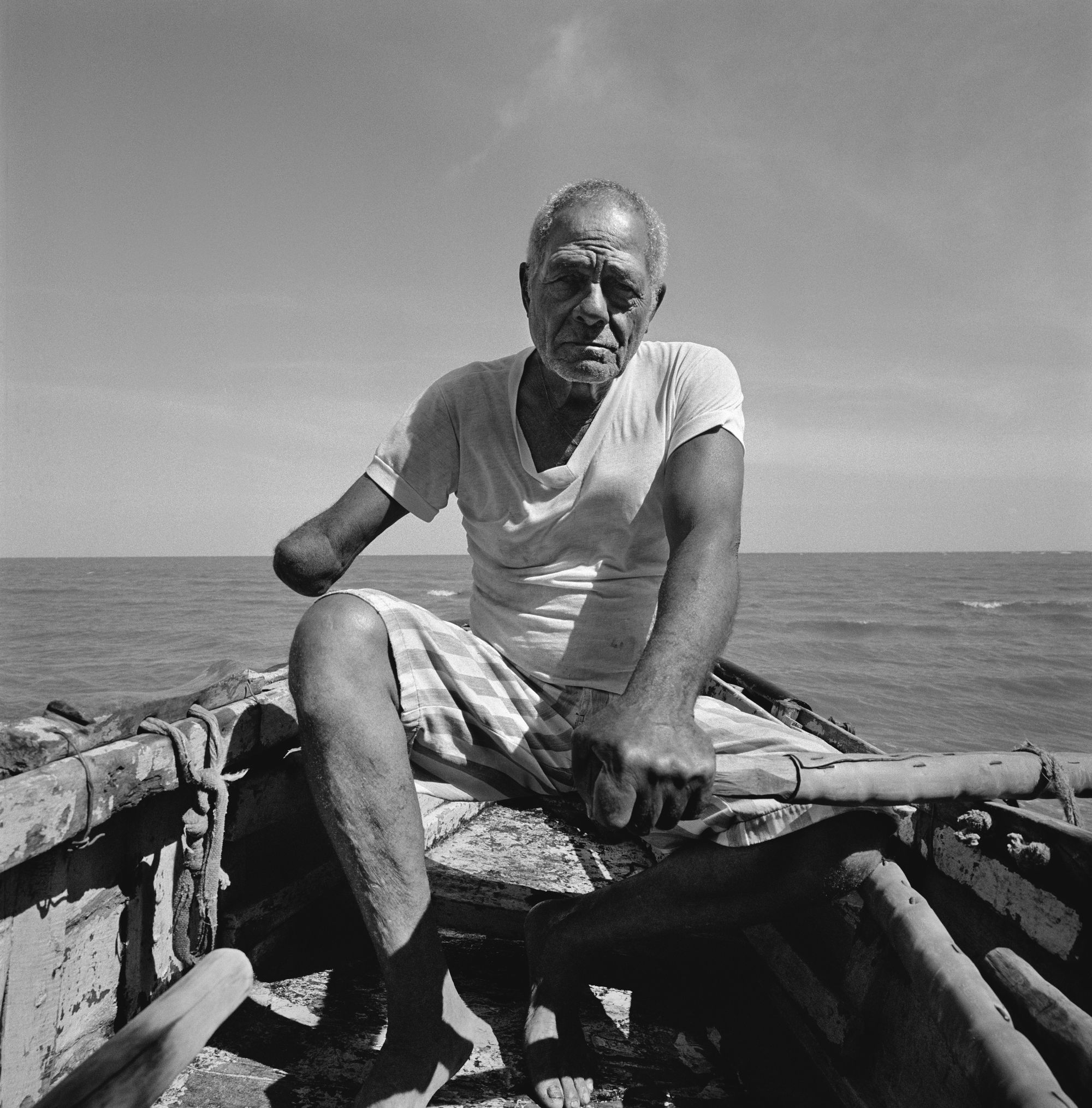
Peter: You capture successful interactions with people. You vibed with this guy in Cuba, and he took you for a ride on his boat. Were there points that your approach didn't get what you wanted?
Christian: It's a mix of things. Sometimes there are people that just don’t want to have a picture, and it's my job to respect their will. So I just say, “Thanks a lot for your time.” And some places I visited were kind of hard, because there was segregation or overprotection. I found myself struggling because I wasn't finding the stories of independence.
I'm not claiming to say that all the persons with disabilities are living an amazing life. But I deliberately chose stories that are good for the message I want to share. It’s not my goal to make an encyclopedia of disability with all the cases. The good stories I found were the ones where you find a community around the person, a family, their people.
Working with disabled people
Peter. As far as I know you are not a person with disability yourself. How do you reflect on telling a story about people from a group that you don’t belong to?
Christian: I don’t identify as a person with disability and this was one of the reasons why I asked people to self-represent, because the motto is “nothing about us without us.” I’m an artist and I’m giving my eye and my photography skills to a message.
It’s hard to explain but after six years of traveling and sharing a lot of time and stories, I started seeing people more directly as individuals, and not in terms of difference. “Disability” wasn’t at the centre of that perception anymore.
Peter: Telling a story around a group also makes you see how fluid that group is. One of the reasons I’m asking is that there is a lot of attention now to who tells what stories.
Christian: Of course. I agree. I faced it by interacting with persons with disabilities. I mean, I remember being with the group in Geneva working on the rights of people with disabilities. I was asking about my pictures. They were saying, “No, this is pity.” And then there was another picture. And they were saying, “No, this is superhero.”
By having this confrontation, sharing ideas and feelings, I could make a selection of stories that was going in the direction of what they wanted to say.
I also tried to do this in the exhibition itself. When we launched the exhibition in 2018 at Palais des Nations in Geneva we added an accessibility component. It was likely the most accessible exhibition held at the Palais. There were QR codes where the audience could access the audio description of the pictures and in all UN languages. We also made an easy-read format of the captions and braille as well.
Investing in communications
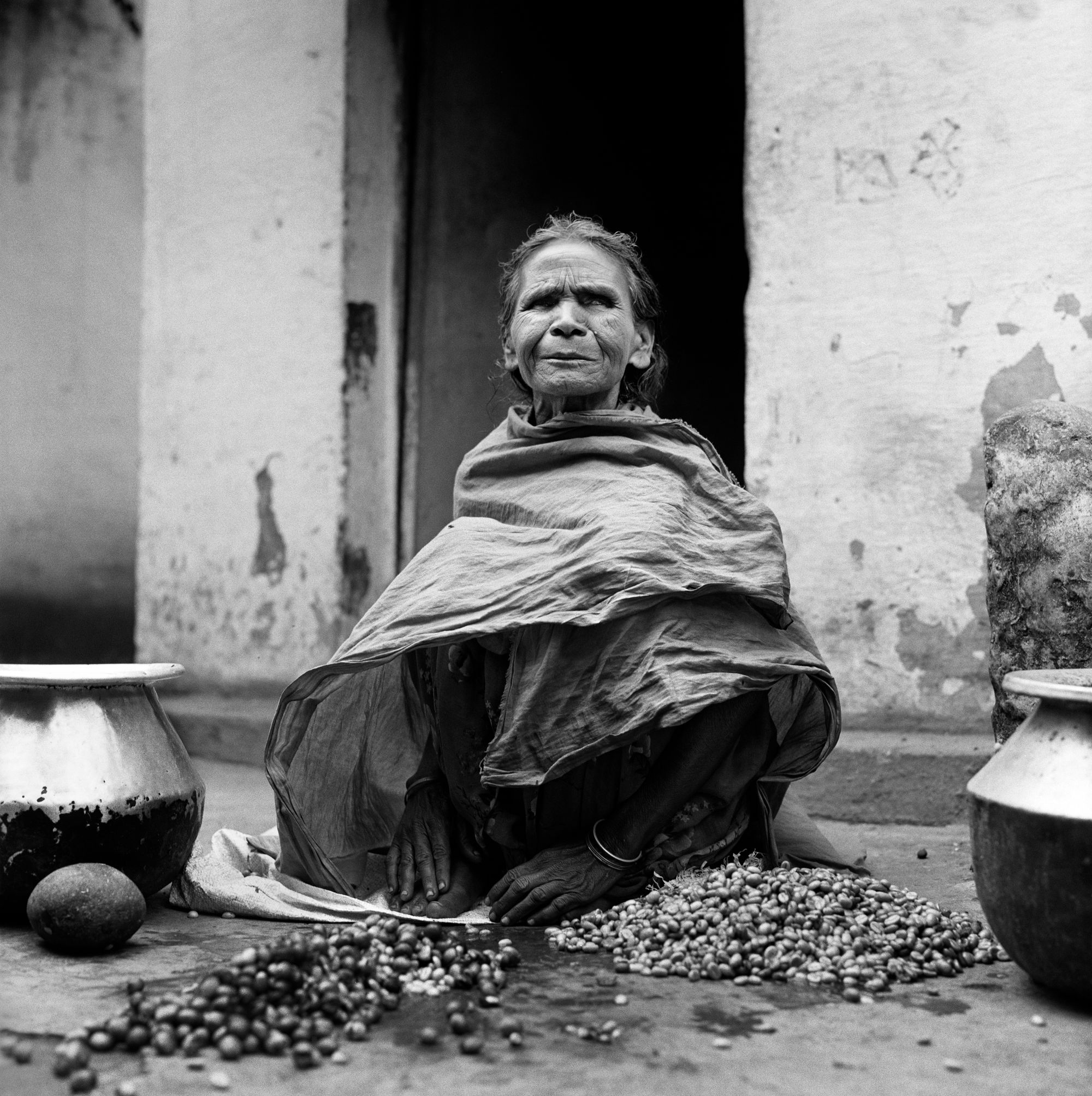
Peter: As well as what you are sharing with other photographers and journalists, you also help organisations with communications working on human rights. Tell me about the shifts you want to see in how charities are talking about disability.
Christian: It is a matter of communication. I would like to see more investment in communication campaigns that share a good approach to diversity.
We have, say, crisis or humanitarian NGOs, they do a lot of campaigns, Even if they are getting a bit better now, they still frame the message of a person with disability in need of help, kind of pity-based. So you should give money. So the organization can provide support. Organizations like this are doing amazing and important work, but this is not the only story we should tell.
Organizations should invest more in communications, especially photography, video, and possibly the big organizations on mainstream media. They should involve communication agencies to do big campaigns.
Peter: It relates to their goal on disability inclusion because it changes public understanding.
Christian: It's a cultural fight. Laws are really important and all the policies are needed, but if we don’t work on culture, it would be really hard to have real change. It’s a matter of understanding. You can have the best laws in the world, but if people don’t understand… And if we don't share these messages, people will never understand.
We need to empower people already communicating on disability and we need to invest in changes in all modes of communications, exhibitions, TV shows, movies. These are the ways to reach a wide audience. And we have to do that to win the fight.
Peter: Especially these days that’s very important. I really appreciate you showed us some tools. Thank you so much.
Christian: Thanks to you. Catch you.
You can see more from Christian on Linkedin or Instagram. Nessuno Escluso is a beautiful book of Christian's project, published in Italian by Contrasto Books.
Following on is a bonus exchange exploring the photographic techniques that Christian uses.
Annex: on a photography “straight to the person”
Peter: Tell me more about the technical choices you made to back up your vision. The pictures are in black and white, and you used a weird camera. You put people centrally in the pictures. I'm learning how to take portraits, so I hope I can get tips.
Christian: Let’s start from the camera. The problem with digital is that you have such quick access to results that you lose concentration. I tend to do my main work with film. Because I cannot check what I'm doing, I concentrate more and I become more precise.
There is a poetry in this approach that cleans my mind, living the moment without distractions. When I open the rolls and re-see the pictures, it will be a rediscovery, a second moment of traveling to relive the experience.
Film means also spending less time in front of the computer. It gives a physical result of your project, creating an archive that is material, not digital. For a photographer, I think it's quite important to have something physical.
And I chose black and white for two reasons. First, for this story, it was important to restart the narrative of disability. Classic photography, you think about the photography of the '50s and the '60s. I wanted to create something that could give a new beginning.
Peter: There’s a message for the general public, but there's also a message for your colleagues.
Christian: Exactly. My discourse and my main area of influence should be also the photography world, talking with other colleagues. I didn’t think about it in the moment, but the journalist, Smargassi, put me in relation with Diane Arbus’ work on the so-called “freaks”.
The second reason for black and white is that people concentrate more on what's inside the picture and less on the colour atmosphere. Let's say a portrait has a really interesting red because you are, I don't know, in Cambodia or Maasai Mara. The colors often take attention away from the subject, the person.
Peter: As a beginner, I'm taught about the “rule of thirds” – that you should put what is important on the third of the image. You shouldn't just put the person straight in the middle. Is that part of your message?
Christian: That's a reason why I chose square pictures, because our rules are different. The geometry is going to change. I wanted to reinforce the message that the person is at the center. I was having in my head the images of religious icons that are always centered. In creating this kind of approach, your eyes always go to the person. Every picture is kind of straight to the point, straight to the person.
Acknowledgements
Photographs on this page are (c) Christian Tasso.
Many thanks to Christian for giving time to this interview, his patience in the time it took me to get together, and attention to making sure things were right. And of course for allowing to share his pictures.
Thanks as ever to Áine Kelly-Costello for review.
Disability Debrief is supported by the individuals and organisations that read it.
